Until now, the SACHS RS motor has led a niche life in the eMTB world. However, increasingly we’re seeing sporty SACHS powered eMTBs appearing on the market alongside cargo bikes. Reason enough for us to include the 110 Nm motor in our test field and see how it fares against the competition.
This motor is part of our big e-mountain bike motor test. Click here for background information and the criteria of this test.
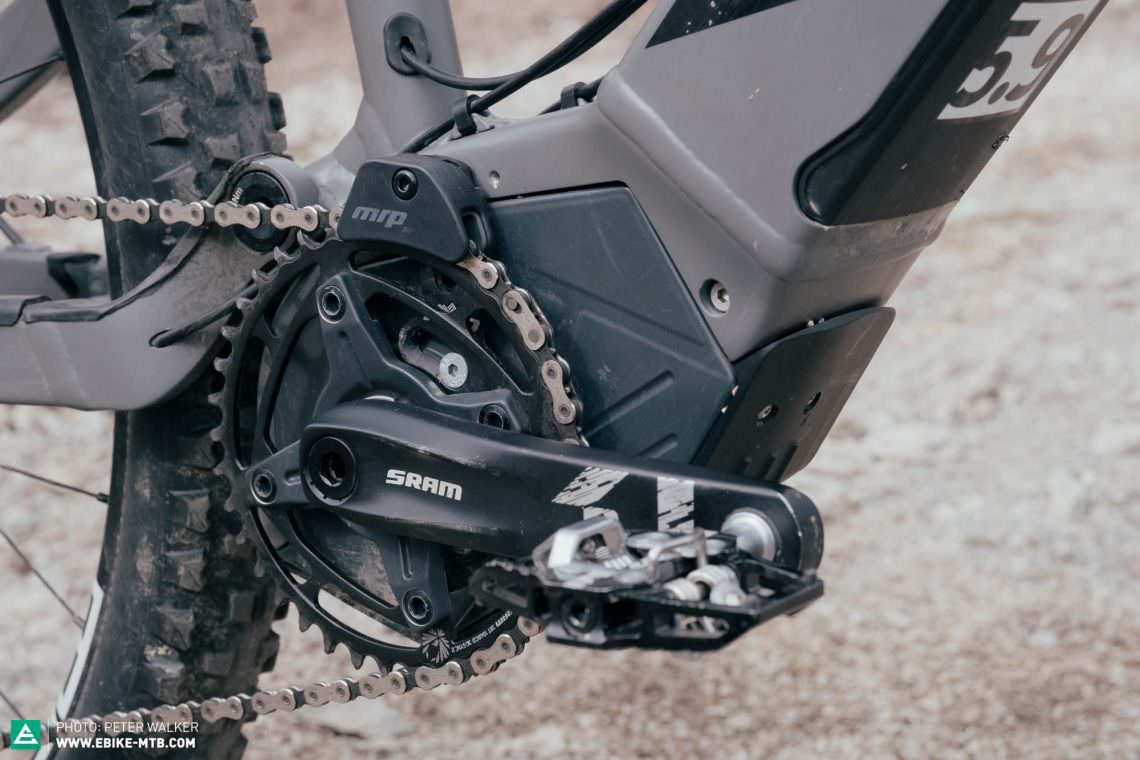
With a maximum torque output of 110 Nm, the 3.6 kg SACHS RS motor closes the gap between the mighty TQ and the much lighter Brose Drive S Mag. On steep inclines, the SACHS motor performs precisely as the numbers suggest. Except for the TQ motor, it easily leaves the competition behind – a real powerhouse. Though it hums loudly, it’s quieter than the TQ with its grinding noises emanating from the pin ring gearbox. However, all that power is of little use without control, especially on technical trails, and unfortunately the control offered by the SACHS RS is limited despite its four support modes. Compared to the other motors on test, it modulates its power more on the cadence and less on the force applied to the pedals. As a result, you can ride the SACHS RS on flat terrain with hardly any pressure on the pedals by just keeping the cranks slowly turning over. This is especially problematic as you approach tight corners, where you often keep spinning the cranks subconsciously and the SACHS RS keeps pushing you forward instead of gradually throttling down its output. Because of that, you’ll often find yourself applying the brakes on the climbs with the SACHS RS. Moreover, the motor doesn’t have a progressive support mode such as Shimano’s Trail or Bosch’s eMTB mode. It struggles with fluctuating cadences as, below 60 rpm, its assistance feels more like that of the Specialized SL or Fazua motor. This isn’t bad per se, but considering the maximum power the motor can deliver, this is a drastic reduction in performance.
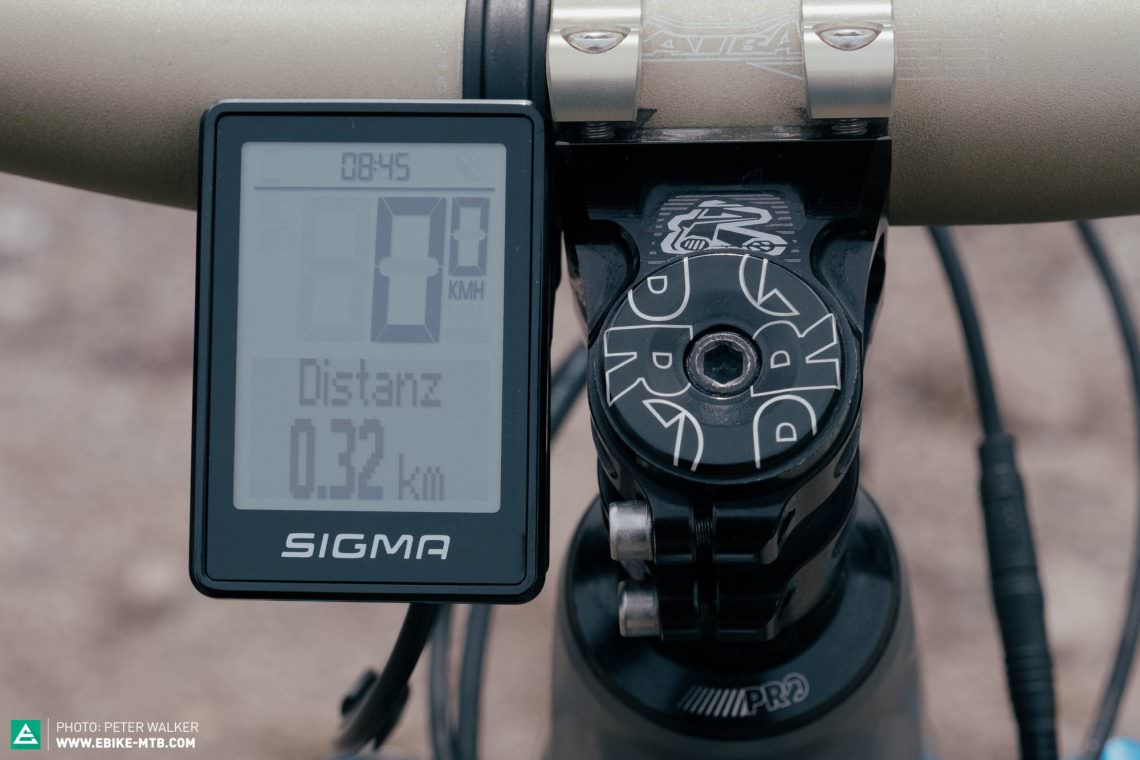
The SIGMA EOX Remote 500 is the central component of the cockpit. Its minimalist design indicates the battery level and support mode via LED strips on the side. If you prefer, you can couple the remote with various displays, including the SIGMA ROX navigation system.
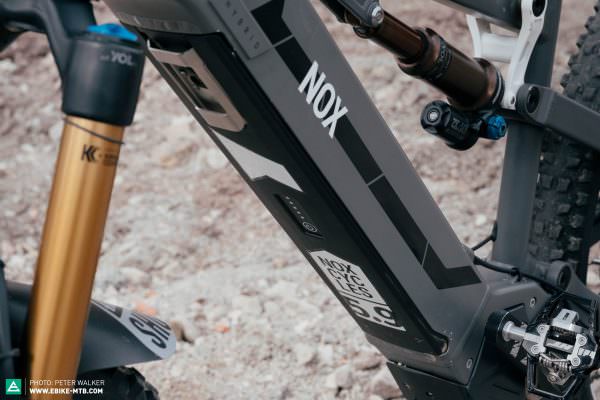
SACHS’ eMTB batteries are large and, above all, square. Unfortunately, the shape of the battery determines the shape of the down tube, preventing more elegant designs. On the bright side, battery capacities of up to 725 Wh are available.
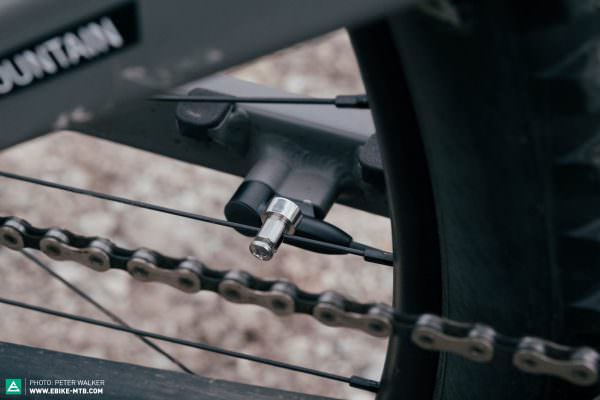
Bike manufacturers can choose to rely on an exposed speed sensor with a magnet attached to the spokes. However, SACHS also offer a much more reliable integrated solution.
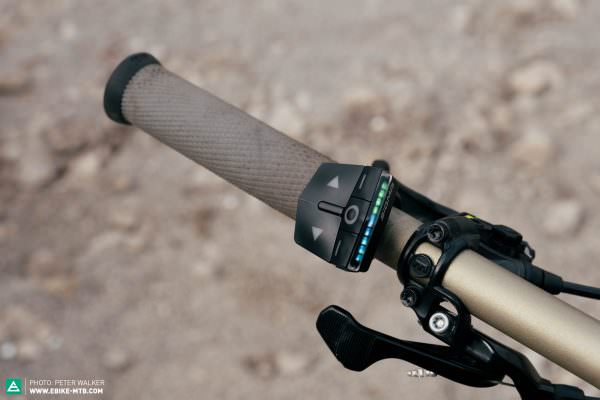
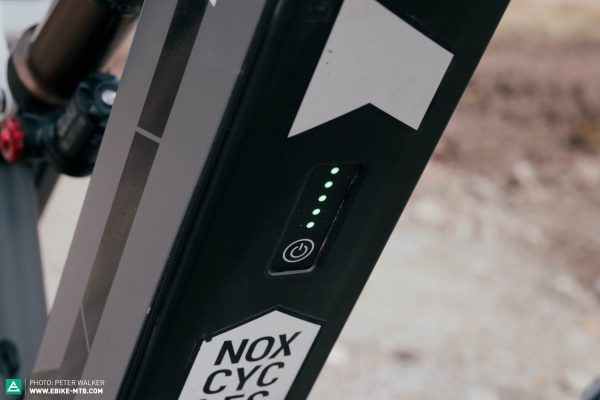
When exceeding the 25 km/h threshold, the RS cuts out smoothly and you’ll hardly notice it re-engaging as the motor whirrs back on. However, we recommend keeping the SACHS RS in one of the medium support modes when cruising at the 25 km/h threshold with these handling best as the motor fades in and out. On the descents, the RS joins Bosch and Shimano in the league of rattling motors, knocking loudly in bumpy terrain.
Like Brose, SACHS give manufacturers a lot of leeway in developing and integrating the RS system. They also offer complete systems including batteries, displays and software, which most bike manufacturers have relied on to date. For eMTBs, internal batteries are available with capacities of 651 Wh and 725 Wh. While some manufacturers are still speccing the outdated Bloks display, in the future, most SACHS bikes will be equipped with either in-house solutions from the respective brands or with the modular EOX system from SIGMA. The heart of the system is the EOX Remote 500, which, like the FAZUA remote, uses LEDs to indicate the battery level and support mode. If you want, you can couple the remote with additional displays, including the SIGMA ROX GPS bike computer. In contrast to the ROX, the EOX displays are outdated and offer limited functionality. Regarding connectivity, SACHS and the respective bike manufacturers have some catching up to do, too. It’s not yet possible to customise the support modes or tune the system on the fly. Only your bike dealer is allowed to adjust the four support modes, where they can set the maximum torque output and percentage support for each mode. On the plus side, SACHS offer integrated speed sensors that fit in the dropouts. Cool!
Conclusion
Friends of powerful motors, take note! The SACHS RS is the only motor on test that can keep up with the TQ on the climbs and outperforms the rest of the competition, though it lacks modulation and control. However, it is too big, heavy and poorly modulated for lively, light eMTBs. Thanks to the modular Sigma EOX system, you can customise the cockpit to suit your needs and bike manufacturers are also free to develop in-house solutions for perfectly integrated ebike concepts.
Tops
- modular SIGMA display/remote ecosystem
- very powerful
Flops
- rattling noises on the descents
- no progressive support mode
- unnatural ride feel
For more information head to sachsmicromobility.com
Click here for background information and the criteria of this test.
Brose Drive S Mag | Bosch Performance Line CX | FAZUA Ride 50 Evation Firmware 2.0 | SACHS RS | Yamaha PW-X2 | Shimano STEPS E8000 | Shimano EP8 | TQ HPR 120S | Specialized SL 1.1
Did you enjoy this article? If so, we would be stoked if you decide to support us with a monthly contribution. By becoming a supporter of E-MOUNTAINBIKE, you will help secure a sustainable future for high-quality cycling journalism. Click here to learn more.
Words: Rudolf Fischer Photos: E-MOUNTAINBIKE team









